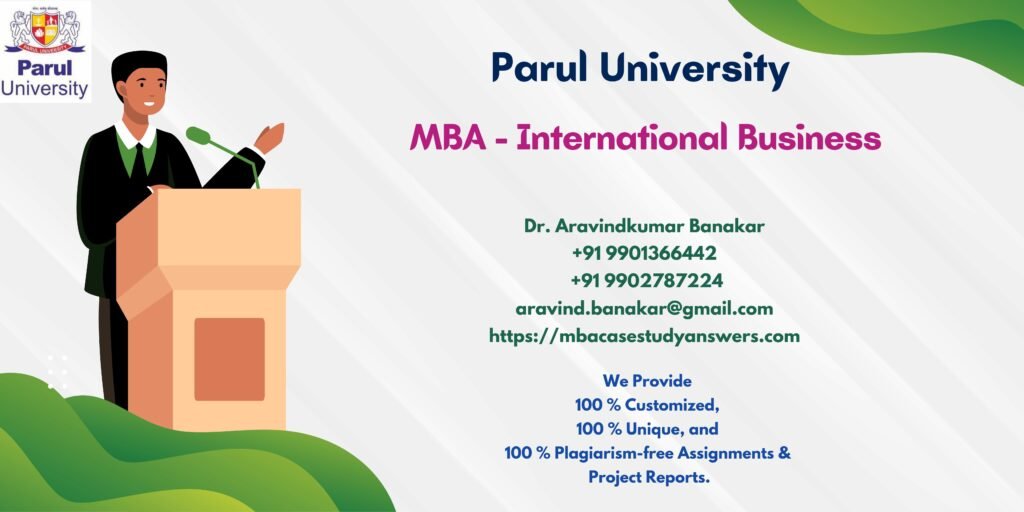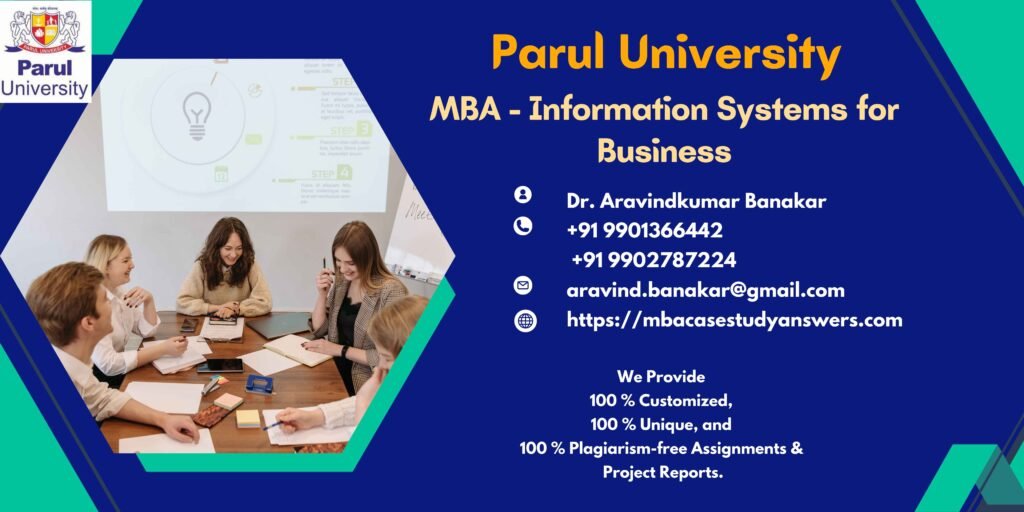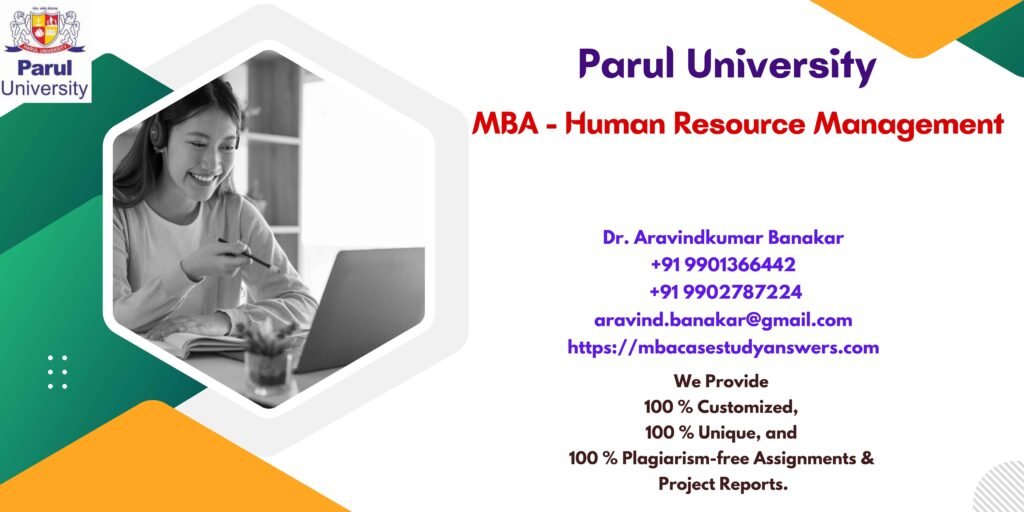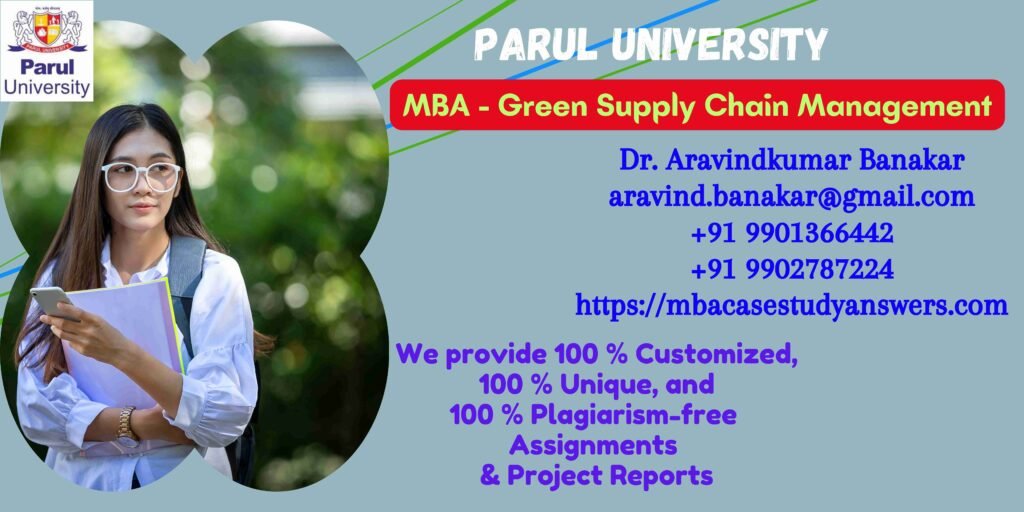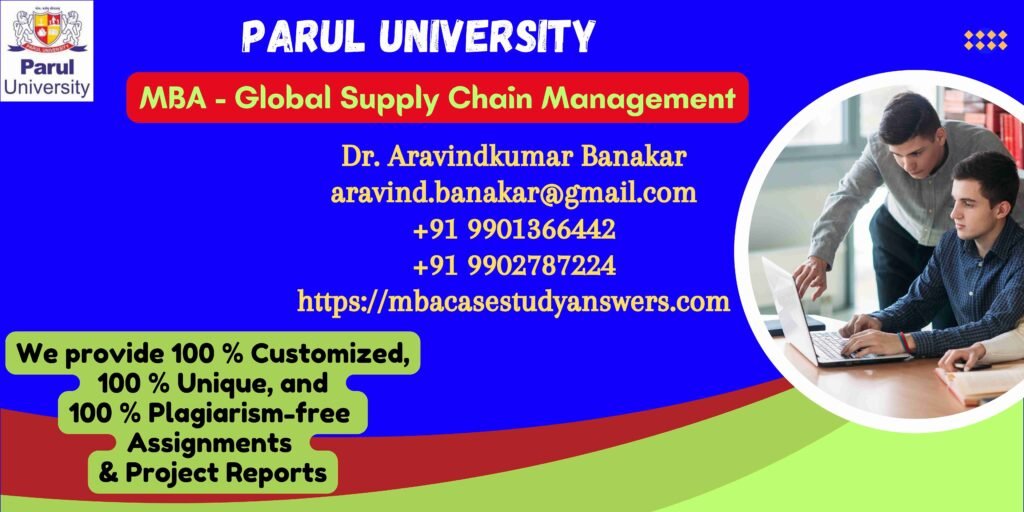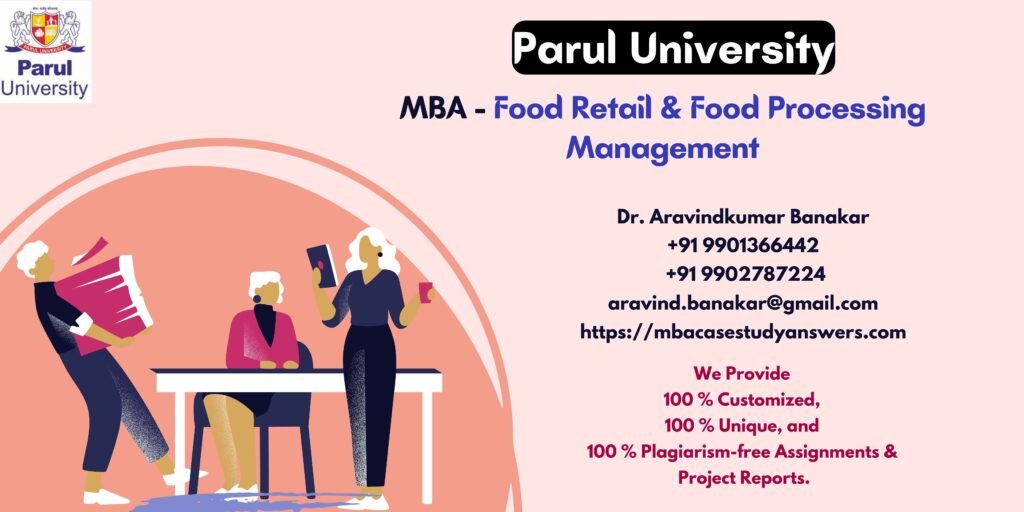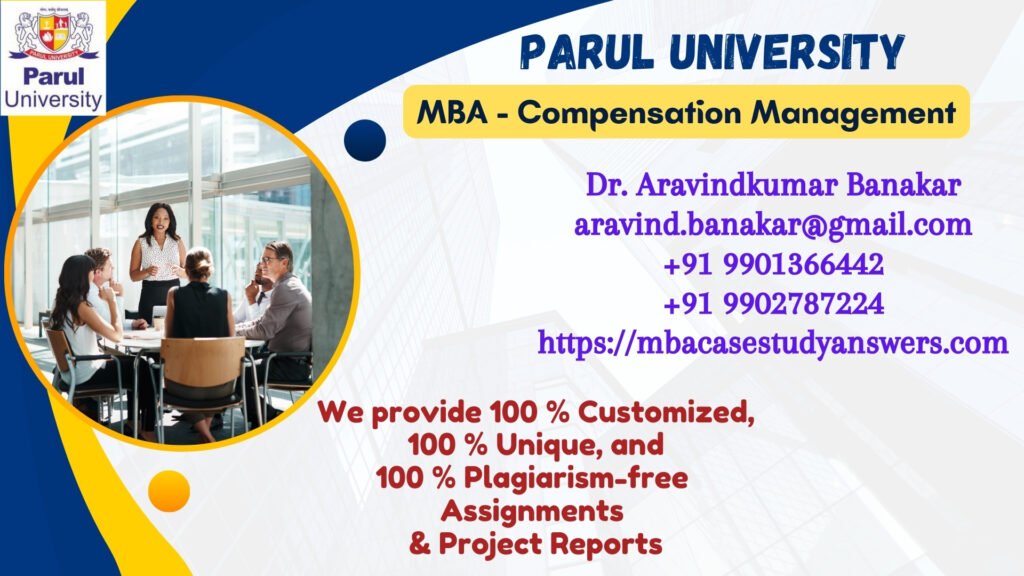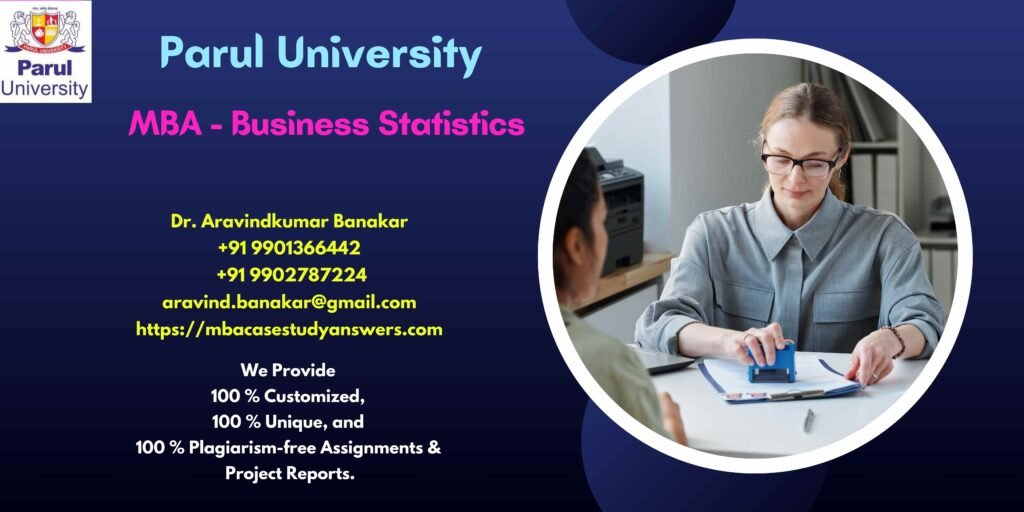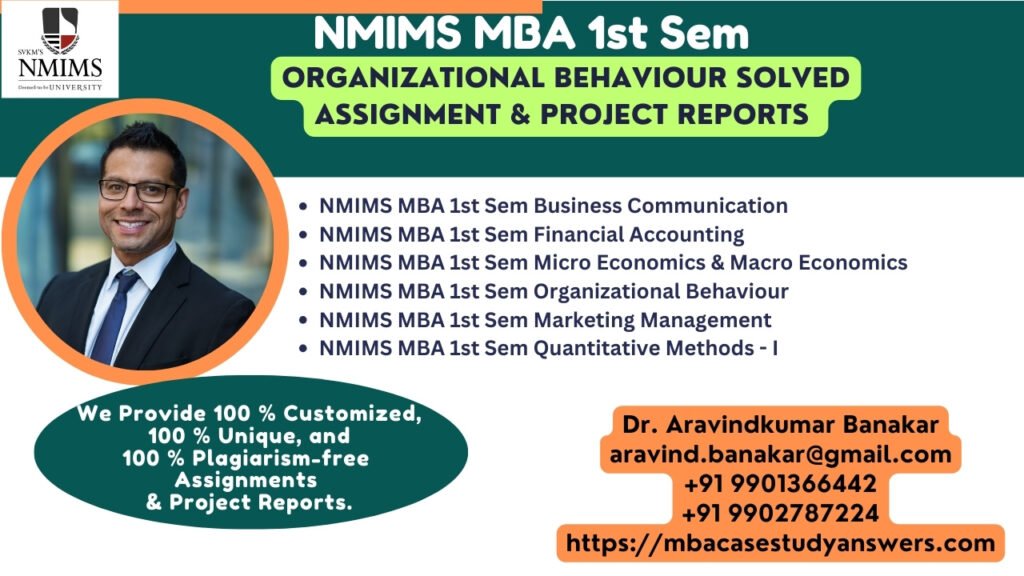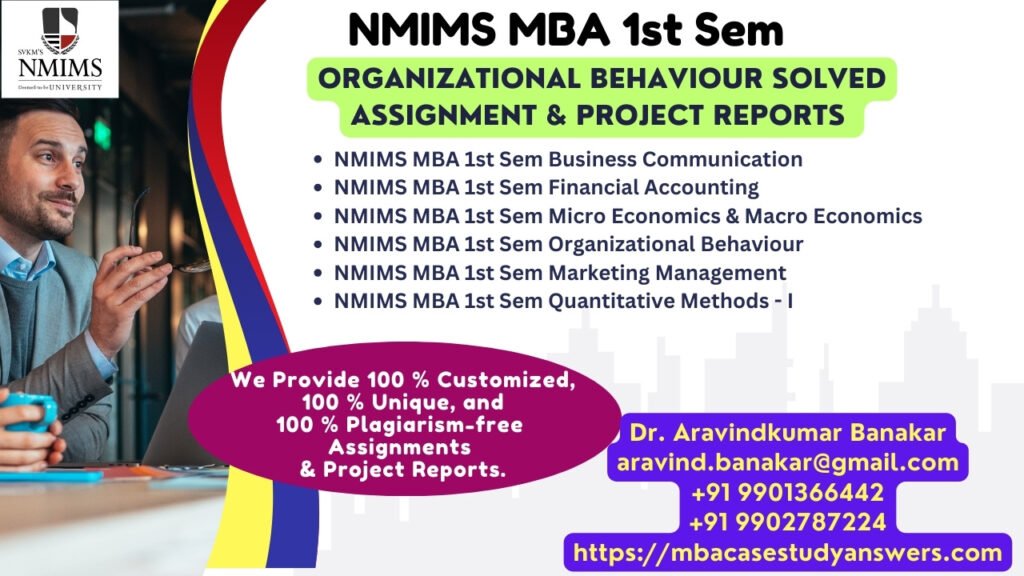NMIMS MBA Strategic Cost Management Solved Answer Assignment Ans : Strategic Cost Management NMIMS MBA Strategic Cost Management Solved Answer Assignment 1) The following information is available for a watch showroom. Calculate the following: a) Contribution b) PV Ratio c) BE Ratio (in no. of units and value) d) MOS at actual sales of Rs. 6, 00,000/- e) Number of watches to be sold to get a profit of Rs. 20,000/- Sale Price Per unit (Rs.) 9800 Variable Costs Per unit (Rs.) 4905 Commission (variable) Per unit (Rs.) 500 Rent Per month (Rs.) 100000 Salaries Per Month (Rs.) 120000 Ans: Introduction PV Proportion and BE Ratio are two essential financial metrics that are used by businesses to assess their productivity and economic wellness. PV Ratio represents Profit Volume Ratio, while BE Ratio represents Break-Even Ratio.PV Ratio is the %age of the involvement boundary earned on each sale. The contribution margin is the change in the vending value & the mutable price of creating an item or facility. We divide the payment margin by the auction profits to determine PV Proportion. The resulting portion tells us how much of each sale is added to cover the taken care of costs and create profit. Concepts and Applications To calculate the required values, we first need to determine the fixed costs and the contribution per unit. Fixed Costs = Rent + Salaries = 100000 + 120000 = 220000 Contribution per unit = Sale Price – Variable Costs – Commission = 9800 – 4905 – 500 = 4395 a) Contribution Contribution = Total Sales x Contribution per unit = 6,00,000 x 4395 = 26,37,000 b) PV Ratio PV Ratio = (Contribution / Total Sales) x 100 = (26,37,000 / 6,00,000) x 100 = 439.5% c) BE Ratio In units: BE Point (in units) = Fixed Costs / Contribution per unit = 220000 / 4395 = 50 units Conclusion Regarding MOS or the Margin of Safety and security, this concept is utilized to identify the quantity of sales revenue a service can shed before it reaches the break-even point. MOS is computed by subtracting the break-even factor from the actual sales income. The resulting number tells us how much sales revenue can be shed before the business operates at a loss. NMIMS MBA Strategic Cost Management Solved Answer Assignment 2) A Factory produces 3 types of shoes. While producing, for switching over from one type to another, there is a shift-over process involved. Costs incurred are as follows: Shift-over costs Rs. 50,000 Factory Overheads Rs. 1, 00,000/- Packing costs Rs. 20,000/- Engineering Costs Rs. 30,000/- Supervisor Costs Rs. 10,000/- Quantity produced A- 1000, B – 2000, C- 4000 Allocate the costs to the 3 shoes (A, B, and C) using the Traditional Costing method and Activity Based Costing. Some other information about the 3 products is as under: A B C No. of Switches 3 4 2 Machine Hours 20 18 15 No. of Receipts/packs 4 5 8 Engineering Hours 30 40 50 Supervisor Hours spent 10 12 10 Compare the results and discuss. Ans: Introduction To allot costs using Standard Costing, we need to recognize a single cost driver that prevails over all three products. Here, we can choose the number of components shaped as the price chauffeur. In this situation, the activity-founded evaluation technique offers an additional precise allotment of costs, considering the various activities and cost chauffeurs connected with each shoe. Concepts and Applications Traditional Costing Method: In this case, we can allocate the costs based on the number of machine hours. Total machine hours = (201000) + (182000) + (15*4000) = 122000 Allocation of costs: A: (201000/122000) * (50,000+1,00,000+20,000) + (3/9)(30,000) + (10/9)*(10,000) = Rs. 16,733.61 + Rs. 10,000 + Rs. 11,111.11 = Rs. 37,844.72 B: (182000/122000) * (50,000+1,00,000+20,000) + (4/9)(30,000) + (12/9)*(10,000) = Rs. 20,490.16 + Rs. 13,333.33 + Rs. 13,333.33 = Rs. 47,156.82 C: (154000/122000) * (50,000+1,00,000+20,000) + (2/9)(30,000) + (10/9)*(10,000) = Rs. 21,081.97 + Rs. 6,666.67 + Rs. 11,111.11 = Rs. 38,859.75 Conclusion Traditional setting you-back and Activity-Based Costing (ABC) are two preferred techniques for allocating costs to services or products. Conventional costing assigns costs to products founded on straight product & work costs, which can be incorrect and misleading. In contrast, ABC gives prices to goods based on the intricacy of creating them. NMIMS MBA Strategic Cost Management Solved Answer Assignment 3) a) Prepare a Cash Budget with the following information. Diary Notebook Spiral Bound Sales Units 8750 12500 5000 Selling Price (per Unit) 80 64 100 Variable Cost ( per Unit) 20 23 35 Fixed Cost 65000 140000 95000 Allocation of General Overhead 280000 320000 200000 Ans: Introduction A cash spending plan can help services recognize possible cash shortages or surpluses, enabling them to make informed choices about funding, investments, and other business activities. It allows businesses to forecast their cash inflows and discharges, helping them understand how much cash they require to run and where it will come from. Concepts and Applications To prepare a cash budget, we need to evaluate an organization’s inflows and discharges of money. Below is the cash allocated for the given info: Cash Budget for the Year Ending December 31, 2023 Sales Revenue: Diary: 8750 units x $80 per unit = $700,000 Notebook: 12500 units x $64 per unit = $800,000 Spiral Bound: 5000 units x $100 per unit = $500,000 Total Sales Revenue: $2,000,000 Conclusion A cash financial plan is crucial for anticipating cash inflows and outflows over a particular duration. It helps companies determine future cash shortages or surpluses and make adjustments. NMIMS MBA Strategic Cost Management Solved Answer Assignment b) A firm faces a decision about the replacement of a machine. Following is the information available: Depreciation of existing machine is Rs. 25000/- p.a. A new machine is available at Rs. 45000/- that is much more efficient in production.

